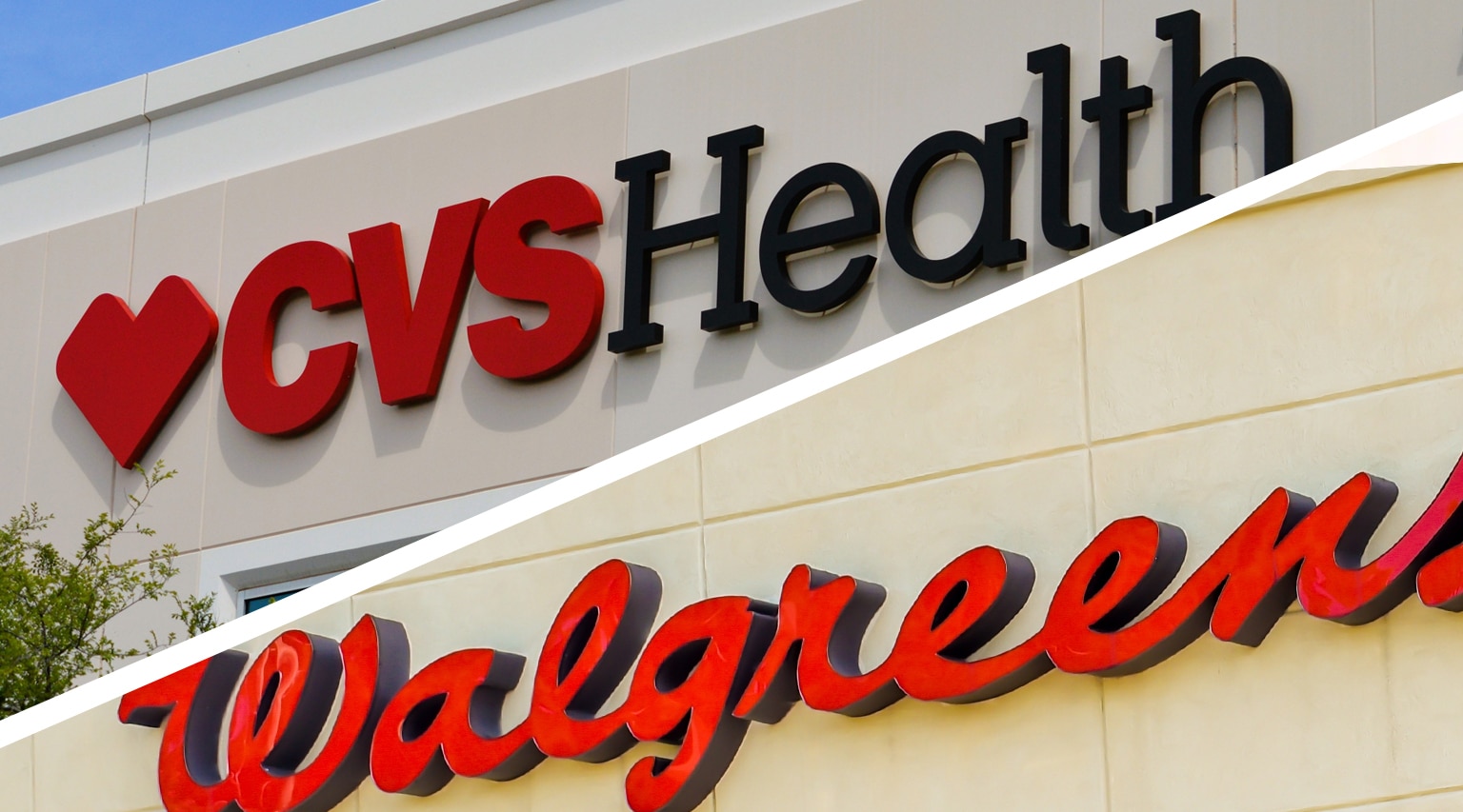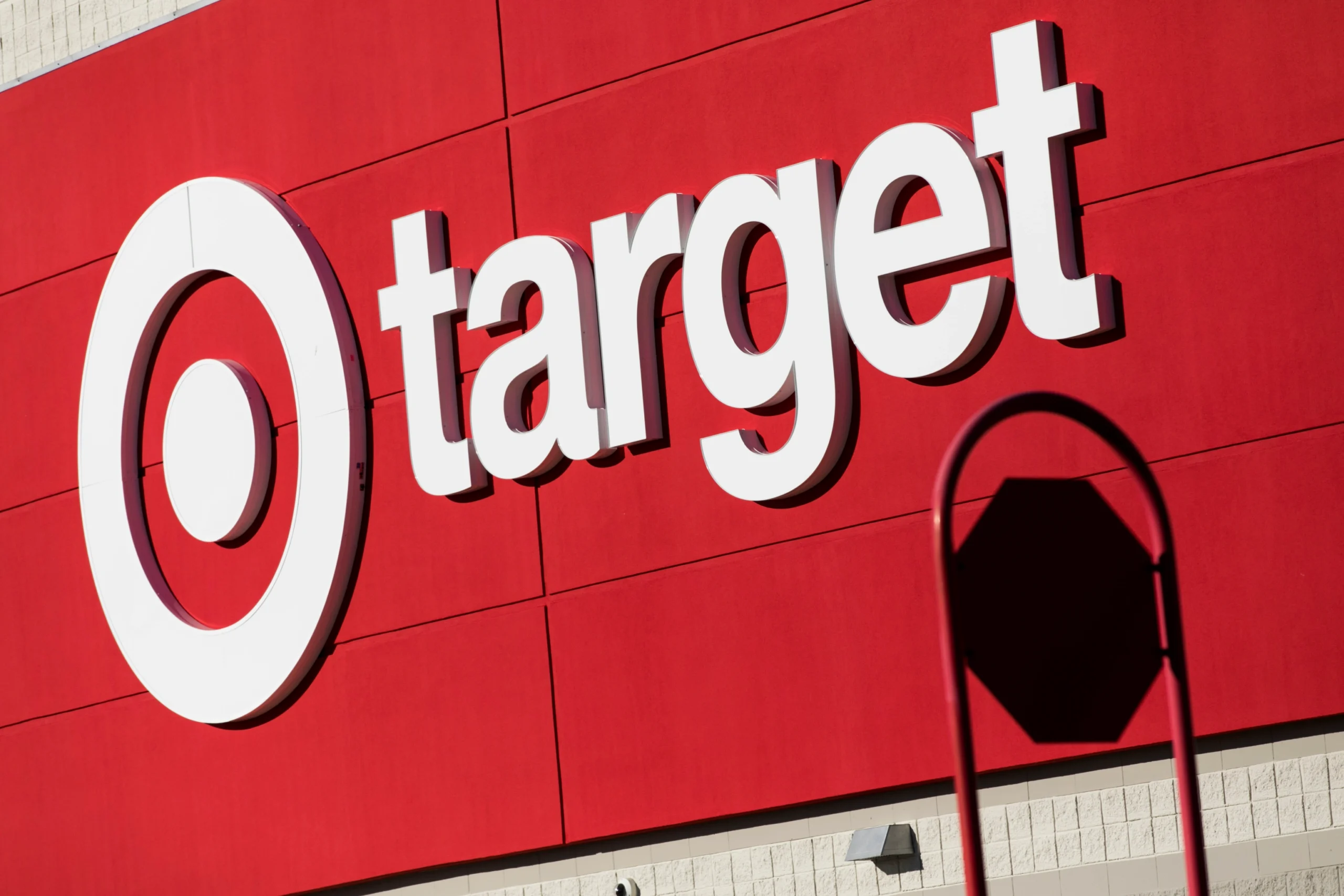Winning shelf space at major drugstore retailers like Walgreens and CVS can transform your brand’s visibility, credibility, and revenue. These retail giants serve millions of consumers every week and offer unmatched exposure for beauty, wellness, personal care, OTC, and lifestyle products. But getting your product placed in Walgreens or CVS requires preparation, strategic positioning, and a clear understanding of what retail buyers look for.
If you’re hoping to break into national drugstore chains, here’s a comprehensive retail guide to help you succeed.
1. Understand the Walgreens and CVS Target Market
Before pitching Walgreens or CVS, take time to deeply understand their customer base. These retailers serve a broad demographic—from young adults to health-conscious families to seniors.
Ask yourself:
- Does your product solve a problem for this shopper demographic?
- Does it align with the wellness, convenience, or beauty categories these stores prioritize?
- Is your price point realistic for drugstore retail?
Products targeting niche audiences (like teen-exclusive beauty trends or ultra-premium skincare) may not always be the best fit. The closer your product fits their customer needs, the stronger your pitch.
2. Review Walgreens and CVS Vendor Requirements
Every major retailer has strict requirements for packaging, certifications, pricing, safety standards, and logistics. To get placed in Walgreens or CVS, study:
- Packaging and labeling requirements
- Case pack and carton requirements
- Pricing expectations and margins
- Category-specific requirements
- EDI, routing, and supply chain standards
These guidelines are often available on the retailers’ vendor portals. Coming prepared shows buyers that you understand how to operate in big-box retail.
3. Develop a Strong, Retail-Ready Brand Identity
Walgreens and CVS look for brands that stand out—both visually and strategically. Your product should have:
- Eye-catching, shelf-ready packaging
- Clear branding and product benefits
- A differentiated value proposition from competing SKUs
Remember: drugstore shelves are competitive. A compelling brand identity could be the deciding factor that convinces a buyer to take a chance on your product.
4. Build a Professional, Data-Driven Pitch
When reaching out to Walgreens or CVS buyers, your pitch needs to be concise, compelling, and backed by data. Include:
- What your product is and what problem it solves
- Why your product is a strong fit for their shoppers
- Sales traction (e-commerce data, Amazon reviews, retail wins, repeat sales, etc.)
- Certifications or clinical results if applicable
- Product samples, sell sheets, and pricing
Buyers want proof that your product can sell—not just promises.
5. Present a Clear Marketing & Promotional Plan
Retailers expect you to invest in sell-through, not just distribution. Strengthen your pitch by detailing:
- Social media campaigns
- Email marketing or SMS outreach
- Influencer partnerships
- In-store promotions or POP displays
- Seasonal promotions
- Couponing strategies
Walgreens and CVS want brands that will drive traffic and turn inventory.
6. Follow Up Consistently (Without Being Pushy)
Getting into Walgreens or CVS rarely happens overnight. Buyers are busy and often manage thousands of SKUs. Following up shows professionalism and persistence.
If a buyer shares concerns, treat them as opportunities—not rejections. Showing flexibility and a willingness to collaborate can make you stand out among other brands.
7. Consider Working With a Distributor or Retail Agencies
If contacting buyers directly feels overwhelming, you can work with:
- U.S. distributors with Walgreens/CVS relationships
- Experienced sales rep groups that understand the drugstore category
- Retail consultants (like Retailbound) who can manage the pitch and relationship
These partners already know retailer expectations and can speed up the process—especially for emerging brands.
8. Leverage Seasonal and Trend Opportunities
Walgreens and CVS are heavily driven by seasonal cycles and promotional periods. Position your product accordingly:
- Sunscreen → Spring/Summer
- Immune supplements → Fall/Winter
- Beauty gift sets → Holiday
- Allergy products → Spring
Timing your pitch to match demand significantly increases your chances of success.
9. Offer Buyer-Friendly Incentives
To increase your odds of landing on shelves, consider offering:
- Introductory pricing
- Promotional allowances
- Buy-downs or discounts
- Free trial samples for customers
- Exclusive SKUs or bundles
These incentives demonstrate that you’re willing to invest in a successful launch.
10. Strengthen Your Online Presence Before Pitching
Retailers look at your digital footprint before committing to your product. Make sure you have:
- A professional website
- Strong social media engagement
- Customer reviews
- Consistent branding across platforms
A strong online presence signals legitimacy and buyer confidence.
11. Stay Persistent and Continue Refining Your Pitch
From initial outreach to shelf placement, landing in Walgreens or CVS can take months—or even years. Don’t get discouraged. Continue improving your:
- Packaging
- Sales data
- Marketing strategy
- Brand story
Persistence, professionalism, and preparation are key.
Conclusion
Getting your product placed in Walgreens or CVS is a major milestone for any consumer brand. By understanding retailer expectations, presenting a strong brand story, showcasing traction, aligning with seasonal trends, and demonstrating commitment to marketing and sell-through, you can significantly increase your chances of landing on these high-traffic shelves.
If you’re ready to bring your product into major retail but need help navigating the process, Retailbound can guide you every step of the way. Want tailored support? Book a strategy call with a retail expert today!
About the Author
Yohan Jacob is the President and Founder of Retailbound, a retail channel management consultancy that helps product brands launch and scale in more than 150+ retailers across the U.S. and Canada. Since 2008, Retailbound has supported startups and established brands with retail strategy, buyer engagement, sales management, and channel marketing to accelerate sell-through in-store and online.



